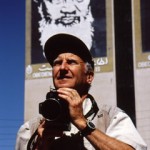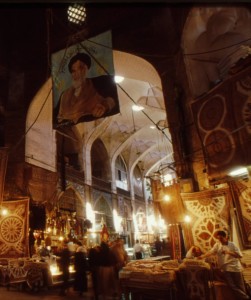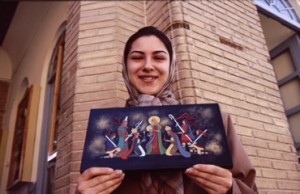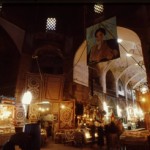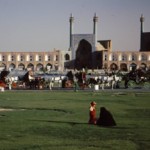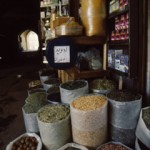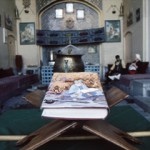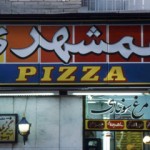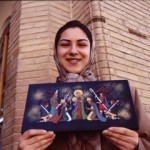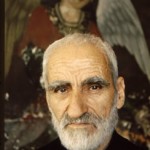The heart of Iran is Isfahan
Photo feature by Dave Bartruff
Isfahan embodies the greatness of ancient Persia. Located in virtually the middle of Iran, the city was once the capital of the Persian kingdom, a lush green oasis surrounded by vast deserts of sand and salt. It was said that Isfahan nesf-ejehan (Isfahan is half the world).
Isfahan’s Golden Age began in the late seventeenth century under the Safavid dynasty. The city had been an important trading center, but to establish in it as the national capital was no easy task. The first monarchs had to drive out the Mongols, and Shah Abbas the Great (r. 1588 – 1629) was Isfahan’s champion. He expelled the Ottomans and constructed the awe inspiring Imam (Prophet) Mosque, completed in 1638. His successors continued to build magnificent palaces, mosques, and schools. They established a flourishing tradition of support for the decorative arts, notably calligraphy and miniature painting, and Isfahan’s era of glory lasted into the nineteenth century.
Bisected by the Zayandeh River, Isfahan is today the showpiece of a nation slowly beginning to welcome Western visitors. A casual stroll can lead the stranger to diverse and unexpected discoveries. There are parks, historical bridges crossing the river, tea rooms where patrons smoke traditional water pipes, monuments and landmarks adorned by ubiquitous pale blue tiles and a Zoroastrian Tower Of Silence.
A dozen active churches have served the city’s large Armenian community since the seventeenth century.
The heart of the modern city is Imam Khomeini Square. Formerly a royal polo ground, it encompasses twenty acres and is second in size only to Beijing’s Tiananmen Square. Two magnificent mosques and madrassas (religious schools), a pavilion and a seven story palace plus the grand bazaar border the square, eloquent testimony to the former capital’s eminence in religion, culture, government and trade.
- Welcome to the Grand Bazaar, center of Ifsahan’s artistic commerce
- Have some tea, served from a samovar alongside frankincense and a water pipe, both heated by coal, at a traditional tea tent
- Imam Khomeini Square showcases the ideals of the Islamic Republic
- A miniature of Omar Khayyam, the iconic classical poet and mathmetician
- Spice and herb stalls present their offerings straight from the barrel
- Relaxing in the presence of great art, these teahouse patrons at the Abassi Hotel appreciate the tesselations, fountain, and copy of the Epic of Kings by eleventh-century poet Firdawsi
- Even downtown pizza shop signs get a modern kind of “tile” treatment and stylized calligraphy
- Eat, drink, and unwind beneath an arch of the Si-O-Se Bridge, with the water rushing just six inches underfoot
- Each tile must be chipped with precision to restore the Imam Mosque to its former glory
- Crafts abound in in Isfahan. An Armenian girl shows off her Nativity scene
- This Armenian priest stands before the image of an angel in the Vank Cathedral of the same period
- Photojournalist Dave Bartruff
- Welcome to the Grand Bazaar, center of the city’s artistic commerce.

